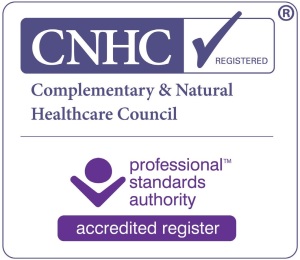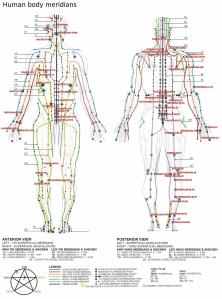
What is Shiatsu? Shiatsu is a bodywork therapy that applies pressure to areas of the surface of the body through loose comfortable clothing for the purpose of promoting and maintaining wellbeing.
Shiatsu is a Japanese word that means ‘finger pressure’. The practice originates in the ancient traditions of Traditional Chinese Medicine (TCM) and over time, was developed in Japan before coming to Europe and again shifting form.
Shiatsu is used by thousands of people all over the world, including charities, health foundations, NHS trusts and hospitals in the UK. It can support us with a range of health issues and complement other treatment to support general health and wellbeing.
Outline of a Session Therapy outline: A Shiatsu session starts with ‘questioning’ and ‘looking’ diagnosis, during which the receiver may be asked to participate in breathing, stretching and other exercises. Following this is ‘touching’ diagnosis – the hands-on treatment, done over clothing. It can last about 45 minutes and takes place with the receiver lying on the floor or a low massage couch.
After the treatment, it is recommended that the receiver relax and allow time for the body to rest and realign itself. Following the treatment, some recommendations may be made, including yoga postures, mindfulness/meditation practices and those related to lifestyle, diet, sleep etc.
Shiatsu Theory: The therapist is trained to create and sustain an intuitive and physical connection with the receiver. Using changes in pressure and movement in particular areas, the therapist releases touches or pressed along certain ‘lines’ or ‘channels’, that are known as “meridians”. There are 14 main meridians running throughout the body, along the head, neck, torso, arms and legs.
By adjusting the texture and composition of the meridians, through touch, the overall flow of energy or awareness through the body can be enhanced or harmonised, thereby facilitating the body’s own healing process.

